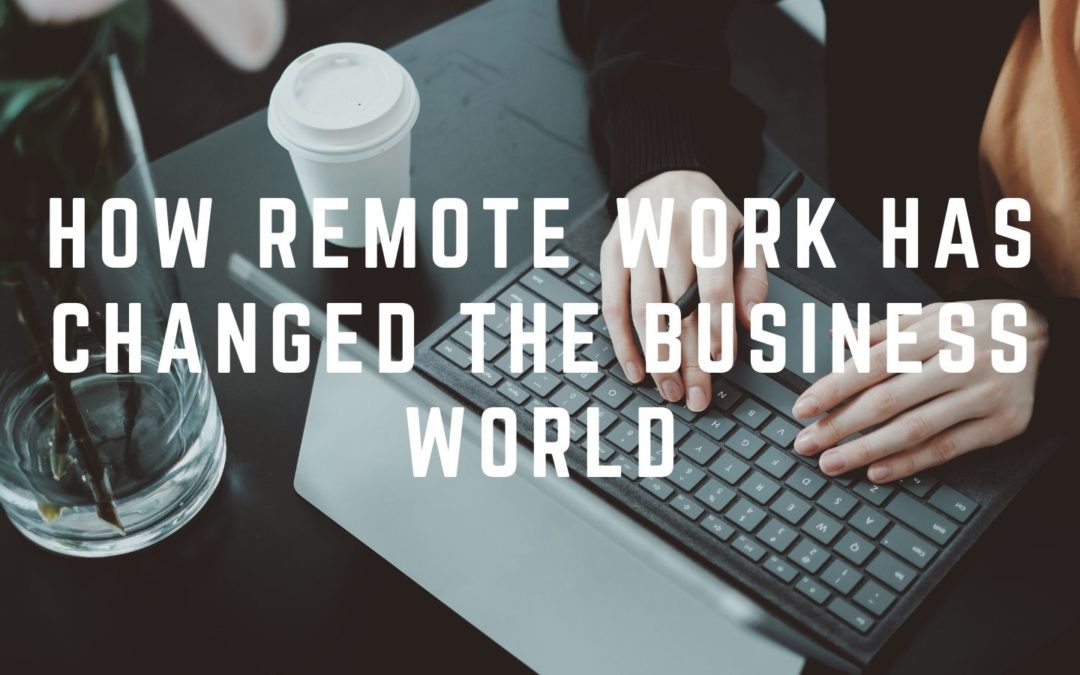A little over a year ago, the COVID-19 pandemic forced the closure of businesses, shut down schools, and forced many people to quarantine inside of their homes. Those who still had a job post-shutdown were made to work from home (WFH) instead of going to the office, turning everyone’s “normal” on its head.
Now, with the rollout of the three COVID-19 vaccines (with more possibly on the way), some businesses like restaurants and movie theaters are beginning to reopen or are rolling back previously imposed restrictions. More students are going back into the classroom. But what does the post-COVID era hold for businesses who have had much of their staff working remotely for over a year? Should they allow their WFH employees to continue working that way, or will they opt for more of a hybrid solution? Let’s look at this topic in terms of positives and negatives.
Positives
There are several compelling reasons a company may want to at the least consider some kind of permanent WFH arrangement, even if it’s a hybrid model.
- Yearly Per Employee Savings: A recent study found that, on average, companies saved over $10,000 per year per employee. That staggering statistic alone is a reason for companies to emphatically say YES to a permanent WFH arrangement. This may or may not include the employees who let over 25% of their paid time off expire.
- Employee Commute Times Slashed: Less driving time equals less money spent on gas, making employees happy. This includes management—how could they not like saving their money?
- Potential for Improved Employee Morale: WFH can boost both employee morale and productivity. Again, what employer in their right mind wouldn’t like that?
Negatives
With every positive, there is a negative or two, and the continued existence of remote work is no exception. Here are some of the downsides.
- Lost Interpersonal Connections: Some companies tout the importance of being connected with other co-works in an office setting. WFH employees may miss out on job promotion opportunities as they work from home.
- Increased Technology Expenses: Continuing to allow WFH will force businesses to spend more on technology and equipment.
So, what will work life look like for many companies post-COVID? Many businesses are opting now for a ‘just roll with it’ stance, which means only time will tell.

